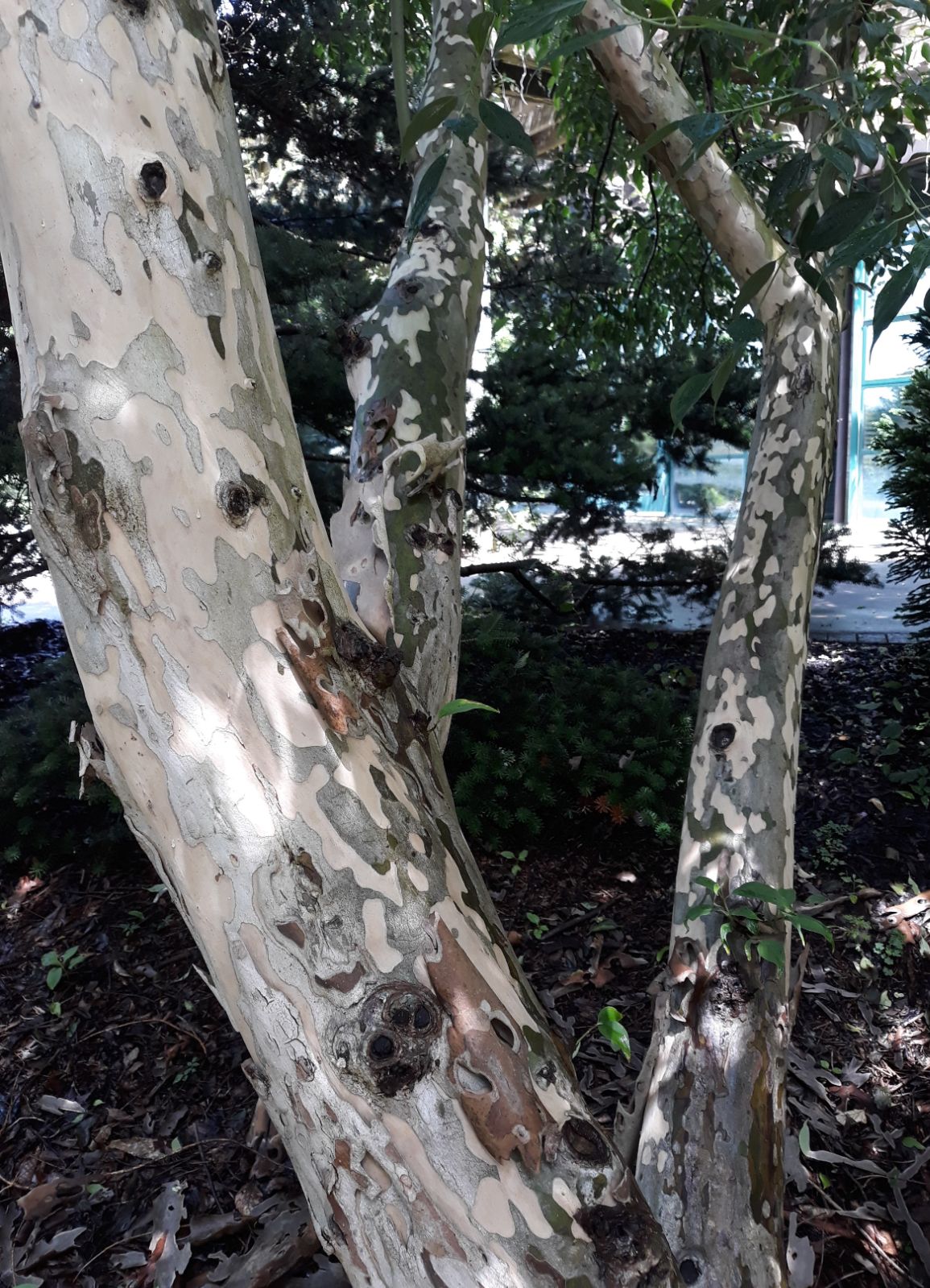Cornus wilsoniana
Credits
Article from New Trees by John Grimshaw & Ross Bayton
Recommended citation
'Cornus wilsoniana' from the website Trees and Shrubs Online (treesandshrubsonline.
Genus
Synonyms
- Cornus fordii Hemsley
Other taxa in genus
- Cornus alba
- Cornus alternifolia
- Cornus amomum
- Cornus asperifolia
- Cornus australis
- Cornus baileyi
- Cornus canadensis
- Cornus capitata
- Cornus chinensis
- Cornus controversa
- Cornus × dunbarii
- Cornus elliptica
- Cornus florida
- Cornus glabrata
- Cornus hemsleyi
- Cornus hessei
- Cornus hongkongensis
- Cornus × horseyi
- Cornus kousa
- Cornus macrophylla
- Cornus mas
- Cornus monbeigii
- Cornus nuttallii
- Cornus occidentalis
- Cornus paucinervis
- Cornus racemosa
- Cornus rugosa
- Cornus sanguinea
- Cornus schindleri
- Cornus sessilis
- Cornus stolonifera
Tree 5–10(–40) m. Bark grey or greenish grey, splitting and flaking into rectangular plates. Branchlets four-angled, pubescent with appressed grey hairs; older branches brown, glabrous, lenticels narrow. Leaves deciduous, 6–12 × 2–5.5 cm, papery, elliptic to ovate-elliptic, upper surface grey-green, lower surface densely covered by appressed white hairs, feeling scabrid, three to four (to five) secondary veins on each side of the midvein, margins slightly revolute, apex shortly acuminate to acuminate; petiole 0.8–2 cm long, not hairy. Inflorescence a terminal, paniculate to corymbose cyme, 6–10 cm diameter, with short white trichomes, composed of numerous flowers. Flowers hermaphrodite, white, with petals to 0.5 cm long. Fruit a purplish black drupe, 0.6–0.7 cm diameter, very rich in oil; stones with inconspicuous ribs. Flowering May, fruiting September to November (China). (Xiang & Boufford 2005).
Distribution China Fujian, Gansu, Guangdong, Guangxi, Guizhou, Henan, Hubei, Hunan, Jiangxi, Shaanxi, Sichuan, Zhejiang
Habitat Forest, between 100 and 1100 m asl.
USDA Hardiness Zone 7-8
RHS Hardiness Rating H4
Conservation status Least concern (LC)
Herbarium material of Cornus wilsoniana was first gathered by Augustine Henry, with the type collection being made by Ernest Wilson in 1901. It is not known when it was first introduced, but it is now to be found in collections across North America and Europe, and is commercially available on both sides of the Atlantic and in Australia, although it is not commonly grown anywhere. A tree planted in 1988 at the Hillier Gardens was 5.5 m when measured in 2004. The white undersides to the leaves give it a certain distinction, and the Forestfarm Nursery catalogue (2007) claims that it has red twigs, but its real merit lies in the beautifully mottled bark that develops as the trunk thickens. It has been suggested for use as a street tree, and its oily fruits and heavy hard timber are valued products (Xiang & Boufford 2005).



